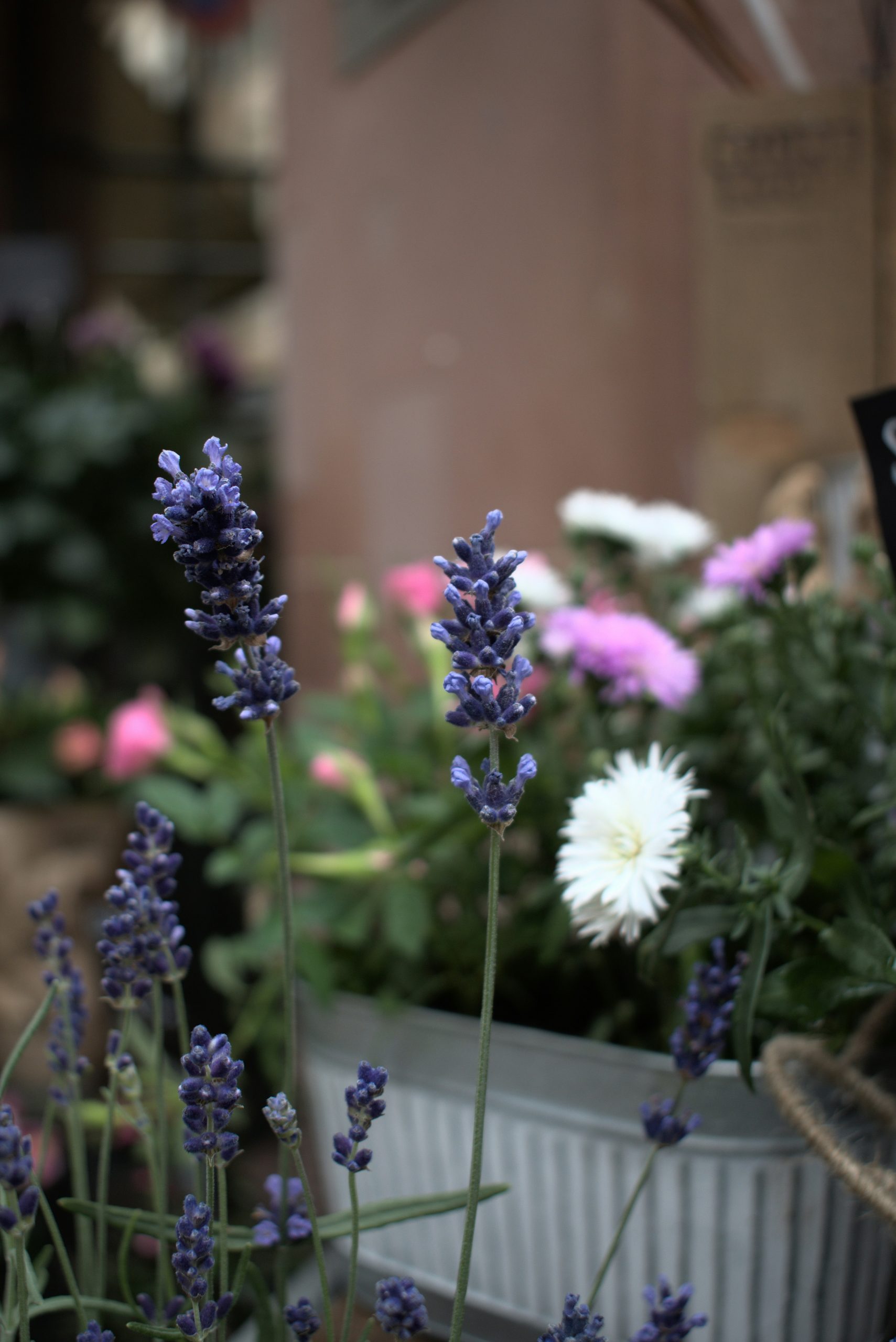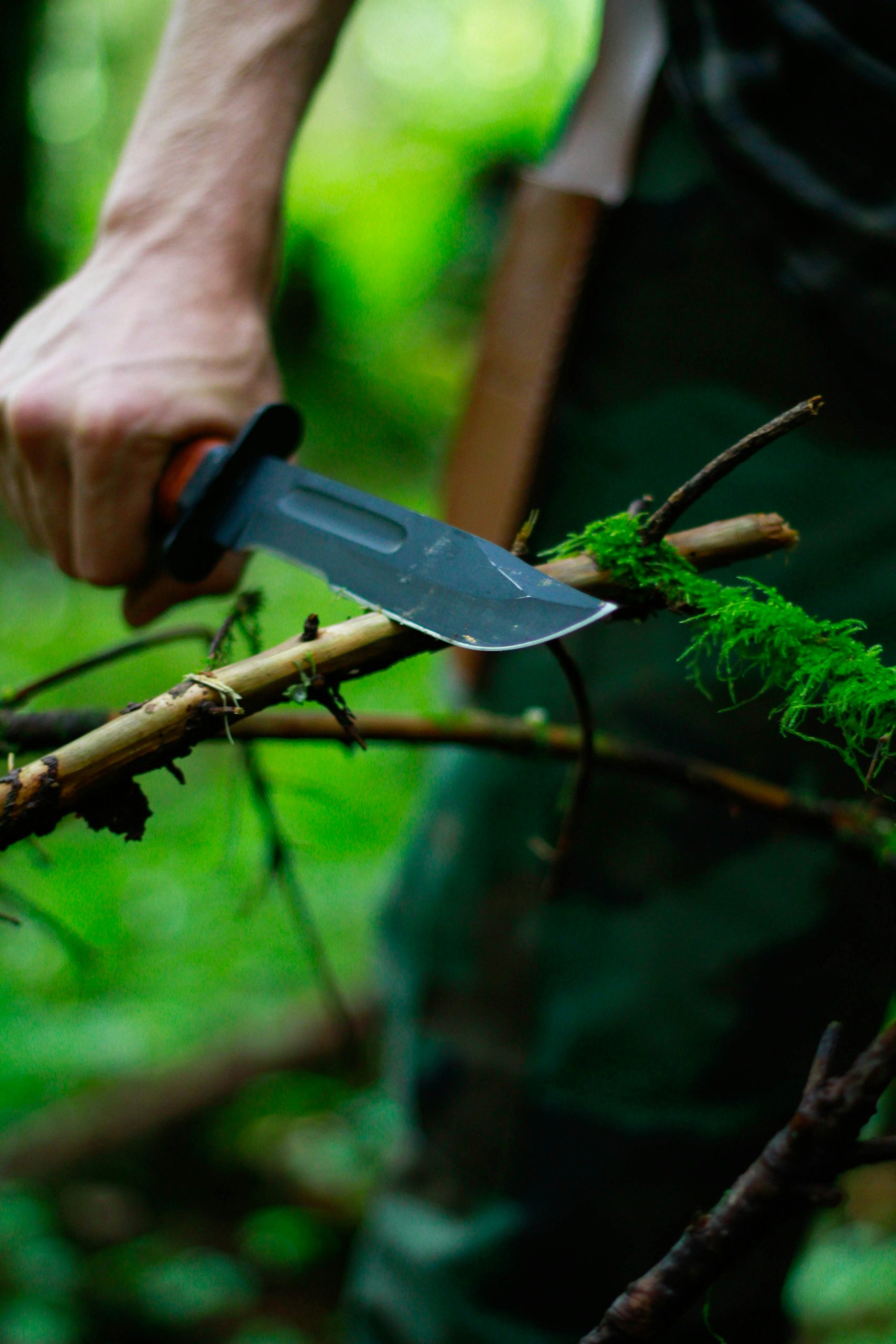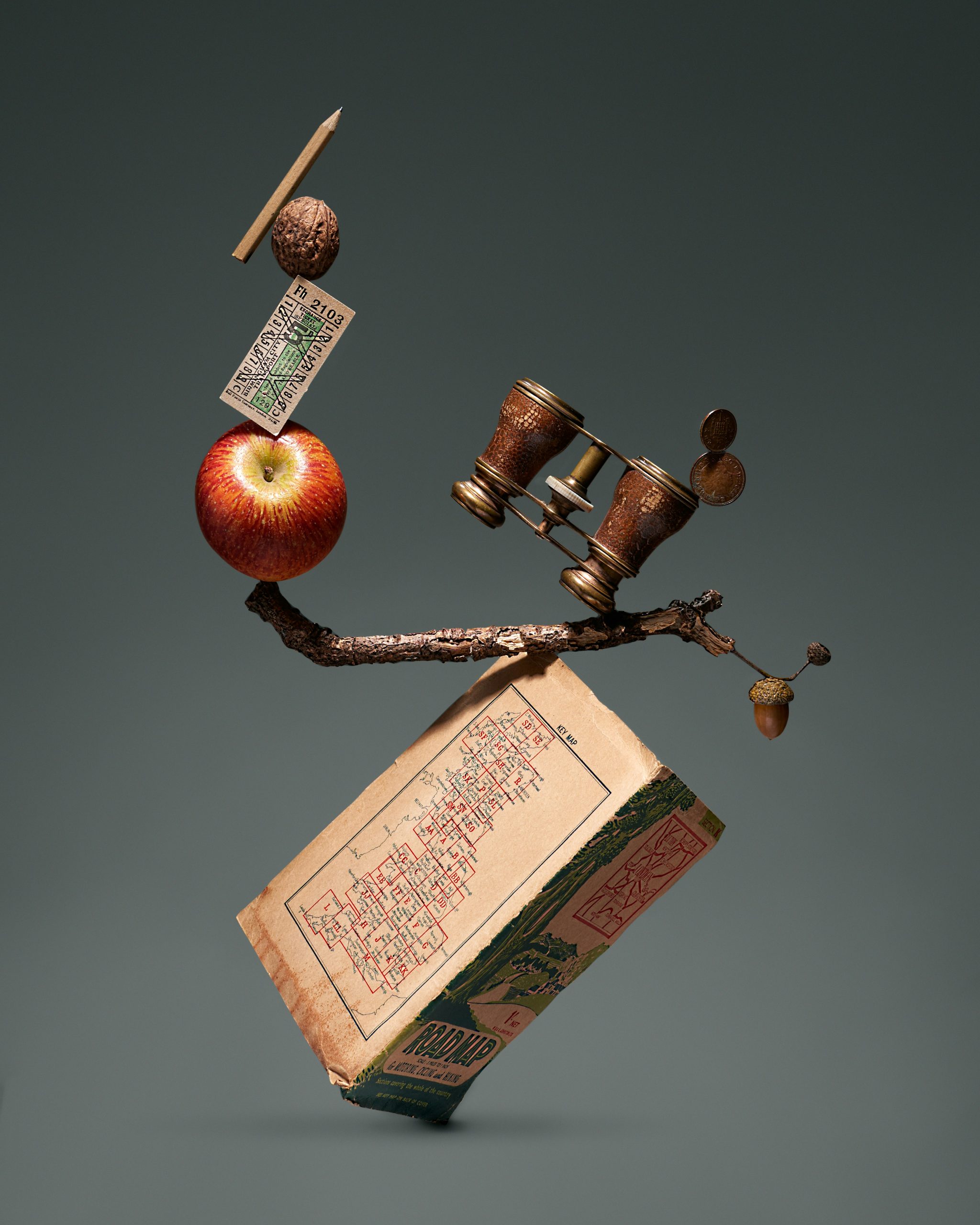

“Addiction is not a moral failing. It’s a human reality. Harm reduction saves lives.”
⚖️ What Is Addiction?
According to the American Society of Addiction Medicine (ASAM), “addiction is a treatable, chronic medical disease involving complex interactions among brain circuits, genetics, the environment, and an individual’s life experiences.”(ASAM)
The American Psychological Association adds: “Addiction is a state of psychological and/or physical dependence… applied to both substance use and behaviors like gambling, sex, or exercise.” (APA)
And the National Institute on Drug Abuse (NIDA) defines it as: “a chronic, relapsing disorder characterized by compulsive drug seeking and use despite harmful consequences.” (NIDA)
👉 Addiction isn’t about “bad choices.” It’s about rewired brain circuits, trauma, environment, and survival.
🌊 The Myth of Choice — And the Reality
No one chooses to be addicted. Addiction isn’t aspiration; it’s entrapment.
Yes, genetics can increase risk. But most people don’t know they’re vulnerable until it’s too late — like a switch that flips in the brain. Once flipped, cravings and compulsion take over.
“Addiction is never about the substance itself. The substance is a symptom, not the root.” 🌱
What people seek is ease, comfort, a temporary quiet for the mind. But the relief doesn’t last. Repetition cements patterns, and the search for peace spirals outward.
🩺 Harm Reduction: A Bridge, Not a Bandage
Traditional recovery models often require abstinence as the first step. But what about those not ready to stop yet? Harm reduction says: let’s keep you alive and safe while you find your way.
According to Johns Hopkins, harm reduction means “reducing the harm associated with substance use through public health interventions” (Hopkins Public Health).
Examples of harm reduction include:
-
🩹 Naloxone distribution to reverse overdoses
-
💉 Syringe service programs to prevent infections
-
💊 Safer-use education and drug checking
-
🏠 Connection to care, housing, or counseling
It’s not permissive; it’s compassionate. Like a seatbelt, it won’t prevent the crash — but it saves lives in the meantime.
🧠 Why Recovery Is Harder Than People Think
Science shows that substances change brain structure: reward, impulse control, memory, stress response (NIDA).
That’s why relapse is common. It’s not weakness — it’s biology. Recovery requires ongoing support, adaptive strategies, and compassion.
Pull-quote for emphasis:
“Relapse is not failure. It’s part of the terrain of healing.”
🌱 The Green GhrOasis Approach
We believe recovery isn’t linear. It requires integration — harm reduction to protect life, and deeper practices to build wholeness.
Our guiding principles:
-
💚 Nonjudgmental acceptance — meeting people where they are
-
🧩 Trauma-informed care — healing the wounds beneath the use
-
🌙 Mind-Body-Spirit integration — wholeness, not fragmentation
-
🌑 Shadow Work — facing the hidden parts of self
-
👥 Community — belonging and accountability
-
🌟 Adaptive growth — no one path fits all
📖 Harm Reduction + Recovery: Why Together Works
-
🚑 Reduces overdose deaths and health crises
-
🛡️ Improves trust and reduces stigma
-
💡 Encourages engagement in care
-
🌿 Honors diverse pathways to wellness
It’s not an “easy way out.” It’s the only way forward for many. And it ensures people live long enough to have the chance at deeper healing.
💬 Closing Thoughts
Addiction is not about weakness; it’s about survival and adaptation. Blame doesn’t heal. Compassion does.
Harm reduction saves lives. Recovery restores meaning. Together, they create the bridge from suffering to wholeness.
🌱 At Green GhrOasis, we believe no one has to die from addiction anymore. The path forward begins with dignity, care, and the courage to take one step at a time.
With love,
Green GhrOasis



